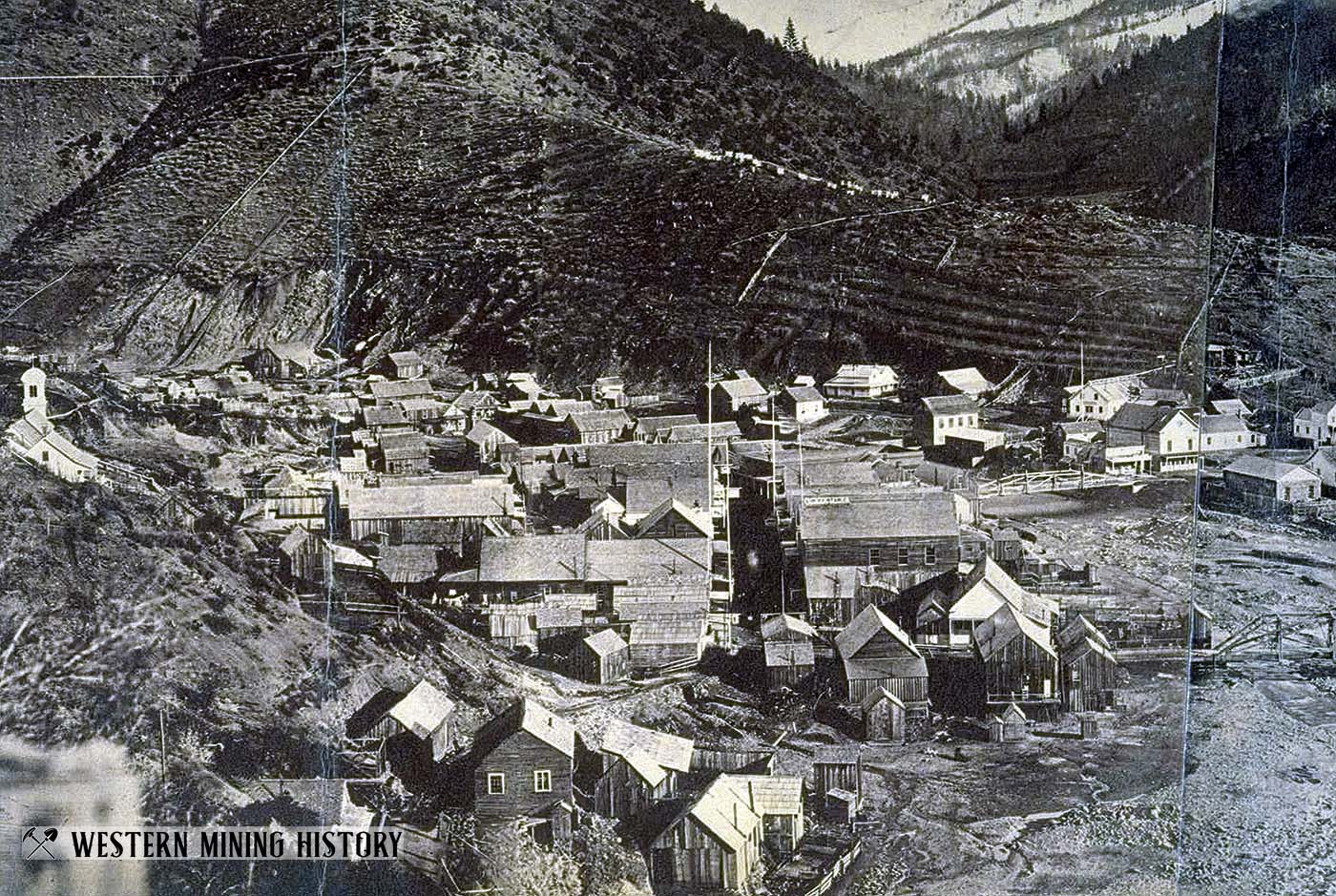Downieville History
Downieville is a picturesque small town located on Highway 49 where the North Yuba and Downie rivers converge. Named after the miner William Downie who is credited with settling the town after discovering gold here in late 1849, Downieville quickly became one of California's most important Gold Rush towns.
Unlike other gold rush towns, Downieville was able to survive long after the gold ran out. It became an important supply center for the mines and gold camps in the surrounding area and became the county seat of government for Sierra County.
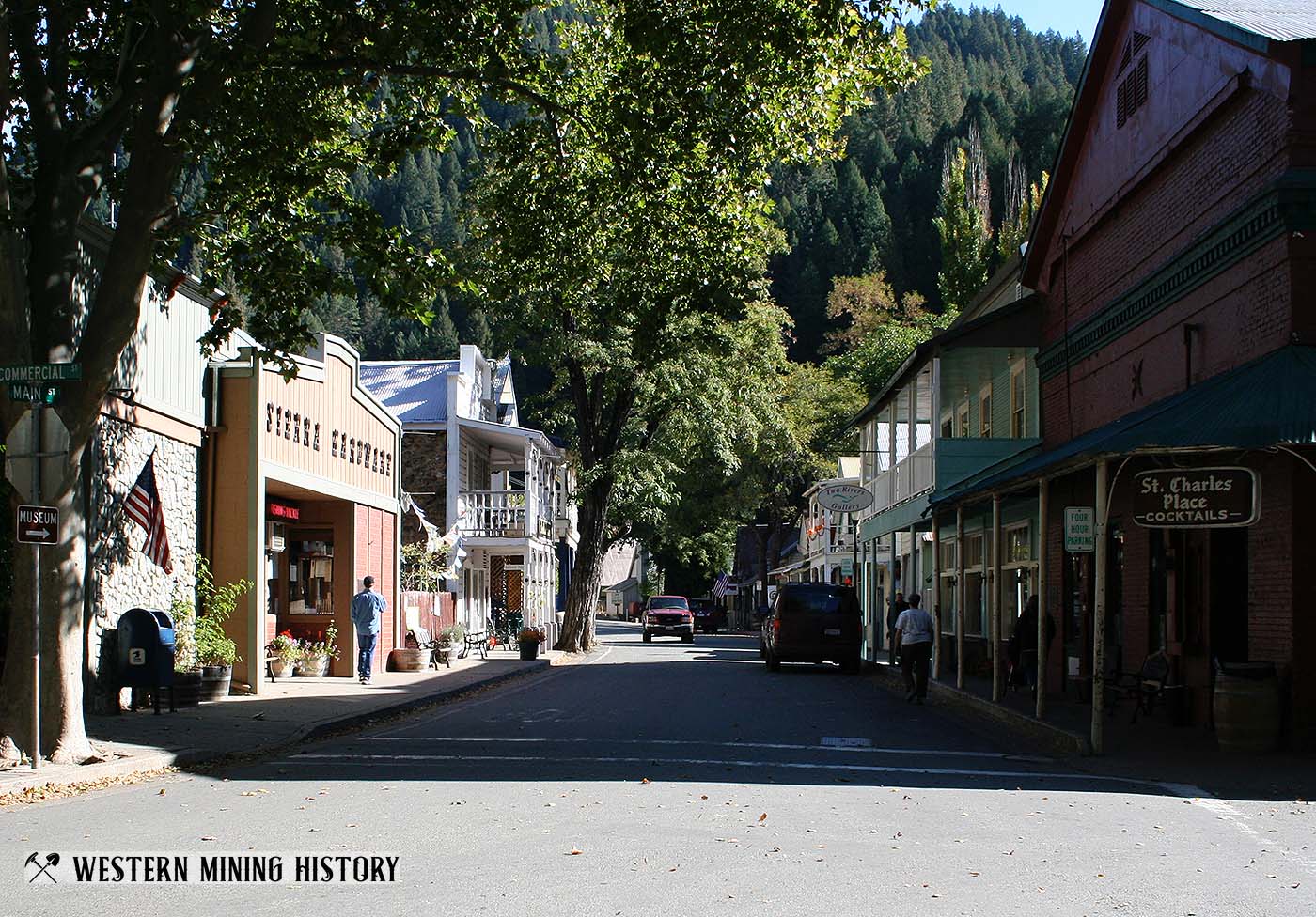
The town has been a popular tourist destination for over a century. A 1917 article from the Oakland Tribune listed Downieville as a stop for the growing number of people touring in automobiles. Today the town has numerous historic buildings and is one of California's most scenic tourist destinations. Downieville is a popular hub for outdoor activities like fishing, camping, and mountain biking.
Historical Overview
The text in this section is from a historical sign in town:
Downieville is historically one of the most important and colorful towns of the Northern Mines. Gold deposits were discovered in 1848-49. The spot where the town later developed was known as Jim Crow Diggins, Washingtonville, Missouri Town, or simply The Forks. In the spring of 1850 the town had 15 hotels and gambling halls, 4 bakeries, 4 butcher shops, and every piece of ground was claimed.
In 1851 it had in excess of 5,000 inhabitants. Philo Haven and Francis Anderson were credited with being among the first to discover gold a short distance above the Jersey Bridge.
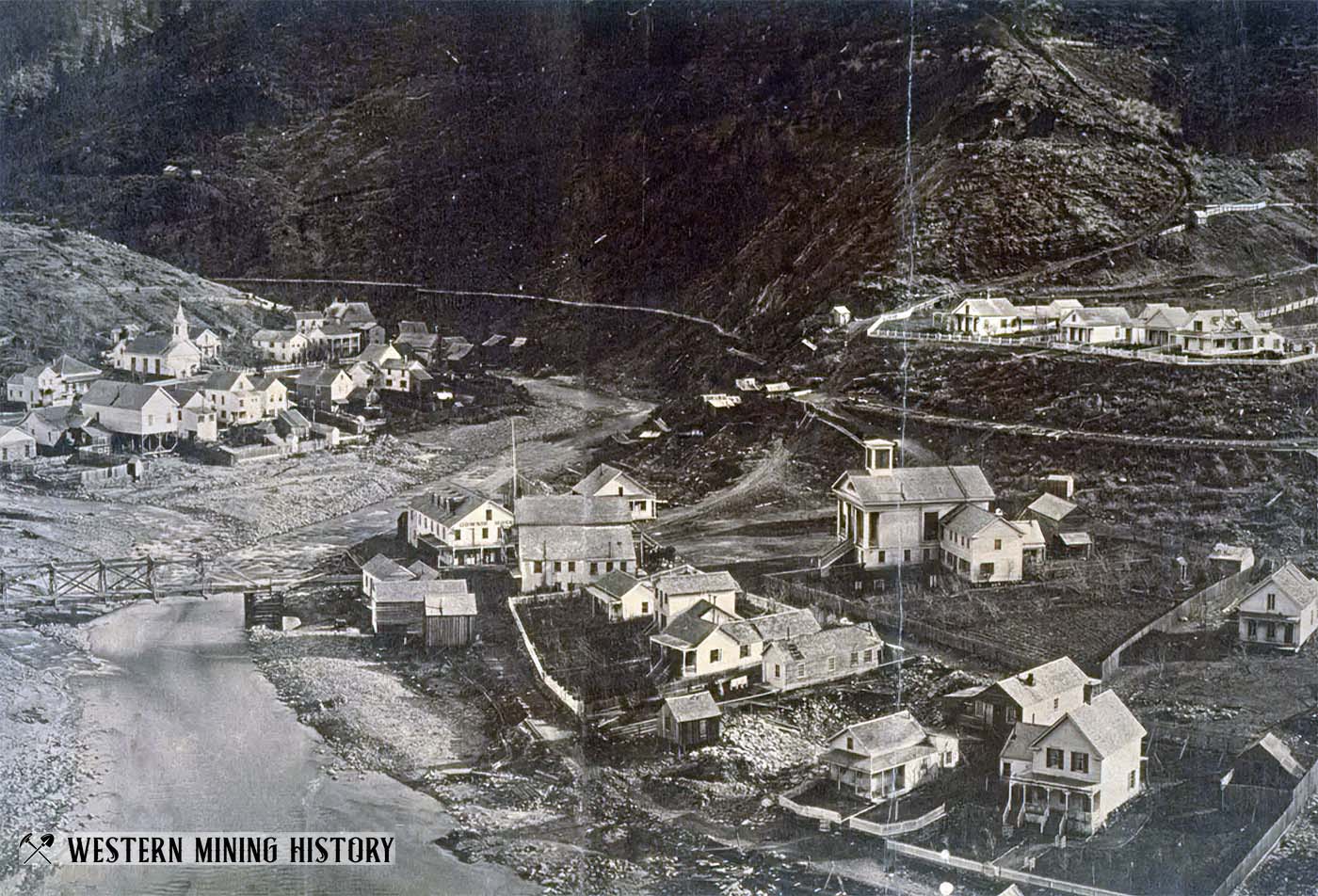
Joseph Zummwalt, who arrived here in 1850 and mined an area later known as Zummwalt Flat, brought with him the secrets of the Ancient and Honorable Order of E Clampus Vitus and founded its first chapter. When Sierra County was established in 1852 Downieville was named County Seat. It also recieved 10 less votes than Sacramento in its bid to be the State Capitol.
Gold was everywhere. A housewife discovered 500 dollars worth when she swept the earthen floor of her kitchen. The earliest and richest mines were Sailor Ravine, Blue Banks opposite Zummwalt Flats, Tin Cup Diggins at the forks of the two rivers in town, and the gravels of Durgen Flat. One of the earliest mines, the Gold Bluff, was begun in early 1850. The first drift tunnel, The Caton, was begun in July of 1851.
One of the most often told tales of the Gold Rush was the hanging of Juanita, hanged for stabbing John Canon after the Fourth of July celebration in 1851.
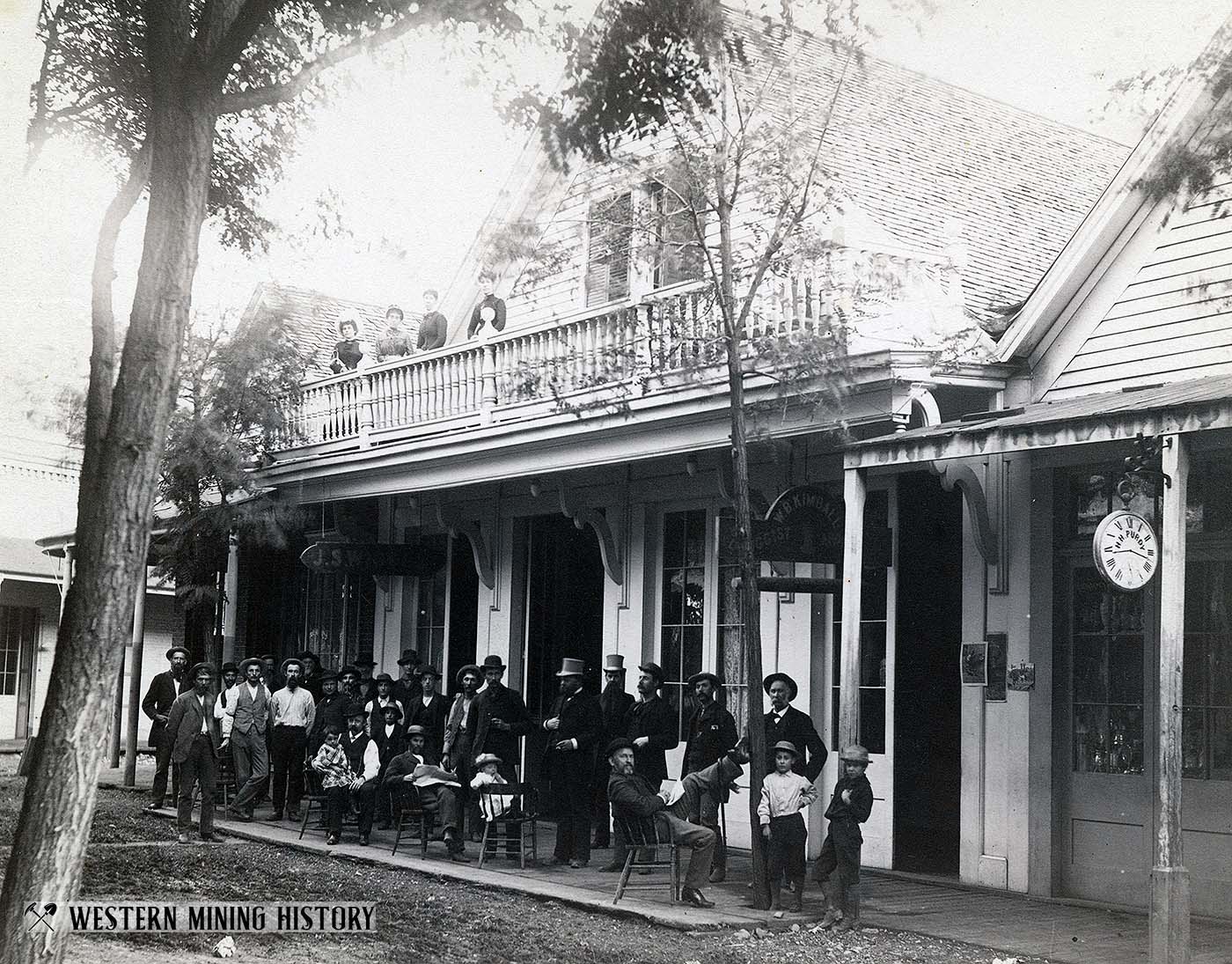
The Forks
William Downie, who became known as Major Downie, published the book Hunting For Gold in 1893 where he gives a detailed account of his prospecting party's discovery of gold at the location first called The Forks, and the subsequent founding of Downieville.
Historical accounts credit Francis Anderson with the first gold discovery here on September 14, 1849. However, Downie disputes that claim in his book, stating:
I am aware that in one history of California, it is claimed that Frank Anderson was the original discoverer, whereas I claim that the precious metal was first unearthed by our company, and in this, Mr. Haven agrees with me , in as much as he considers it a mistake to give the honor to Anderson. It is at all events a fact that this man did not arrive at the flat till after we had been there for some time.
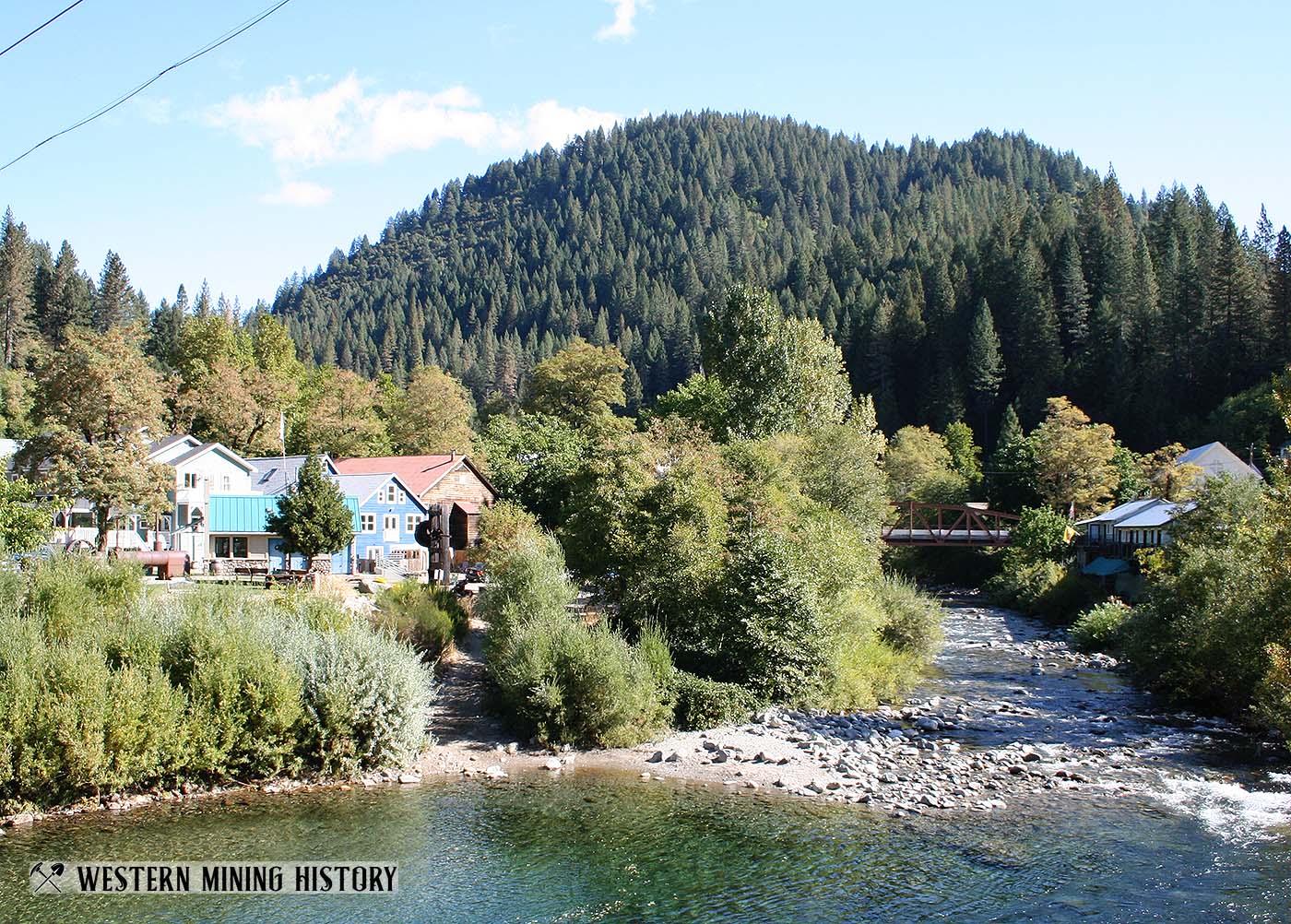
The location where the North Yuba and Downie rivers converged became know as The Forks. The group mined here for a time but soon started moving to different bars in the area once the richest and most accessible deposits were mined out.
Downie and his party had been mining the area for about a month when they agreed to stay the winter–a risky proposition in what was a remote wilderness at the time. The party then split, with roughly half of them heading back to civilization to obtain supplies for the winter's work. Four men, Downie included, stayed behind to continue work at the mines.
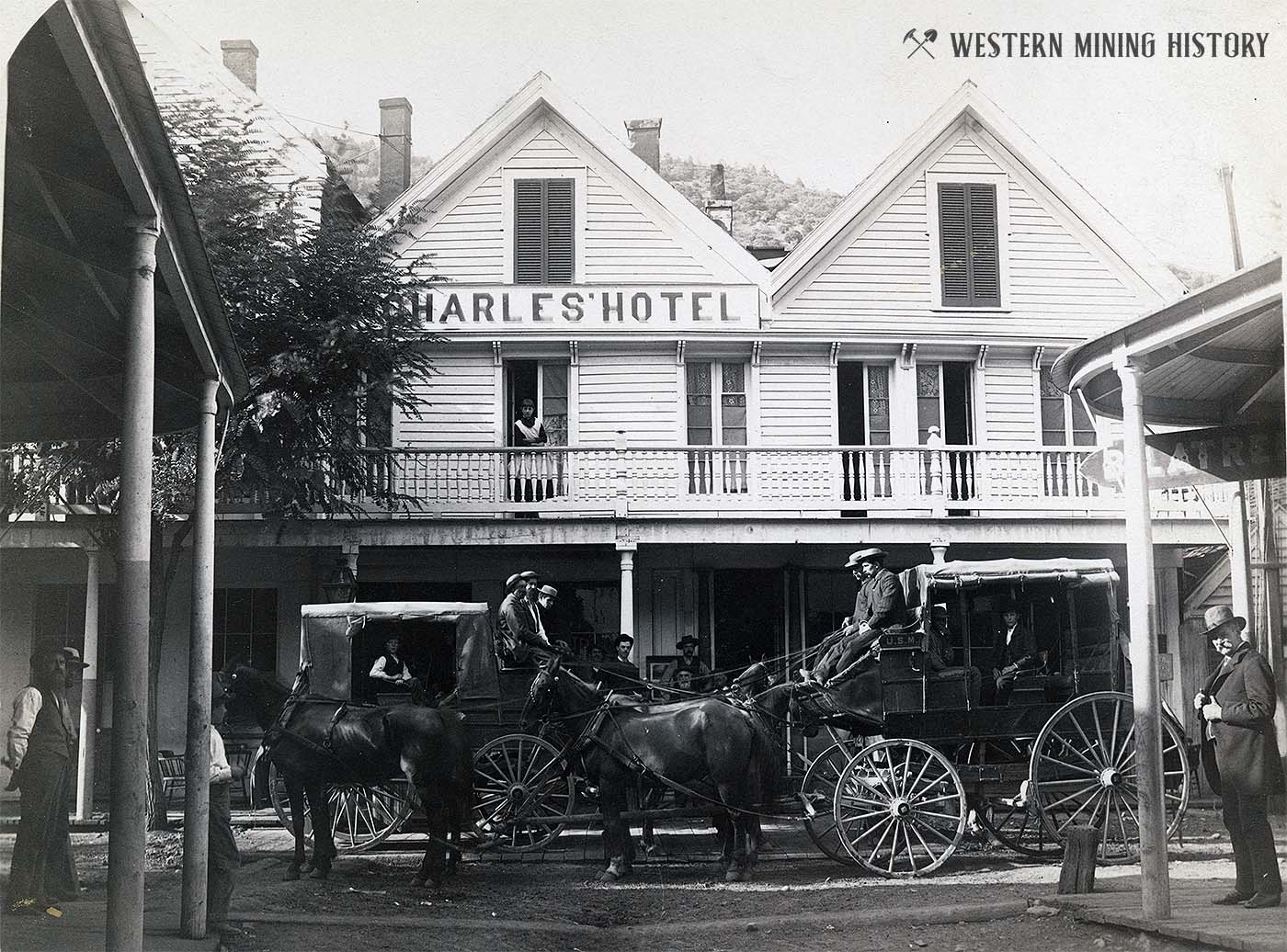
Downie and his three comrades were betrayed by the other half of the party however, as the latter group never returned with the promised supplies. Months after the incident, Downie encountered one of the men and discovered why they had never returned:
The rest of the boys, who went with him had gone on a spree and drank or gambled their dust away. In those days it was a common thing for miners, to come down to any settlement to change their dust for silver, often at any price, just to get coin enough with which to play poker, and my late companions had forgotten all about us over cards and whisky.
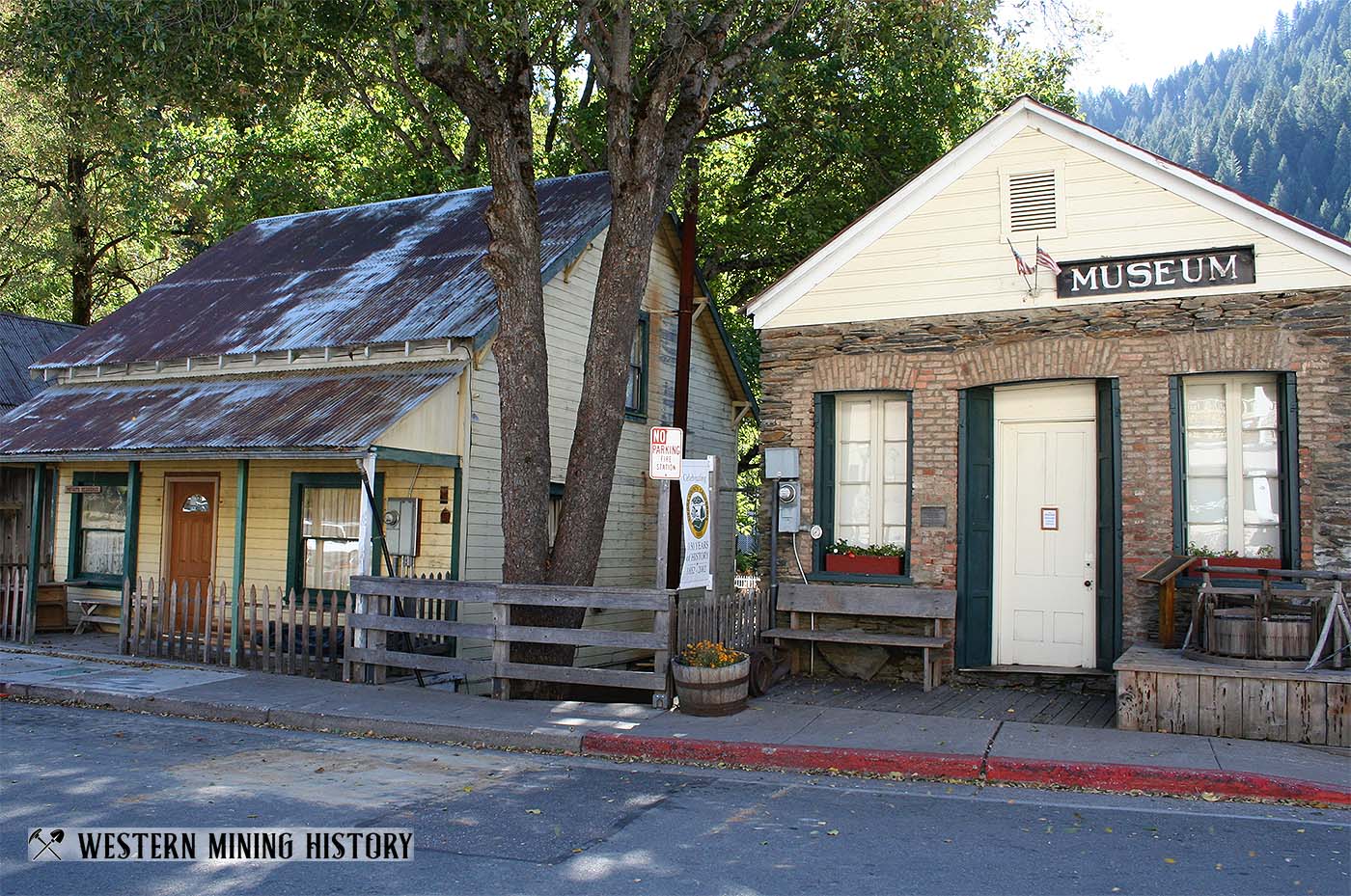
The four miners were out of supplies and on the brink of starvation, with one of them being so ill he could not walk. Through driving rain and with great difficulty, they moved their camp from where they had been mining back down to a flat at The Forks. It was November of 1849, and the camp they established would become the town of Downieville.
The winter of 1849 turned into a tale of survival for Downie's party and the other groups of miners that elected to stay at the various camps in the area. The book details many of the hardships, including how food was so scarce, and gold so abundant, that the men were almost to exhausted to carry out the gold that was the product of their hard work.
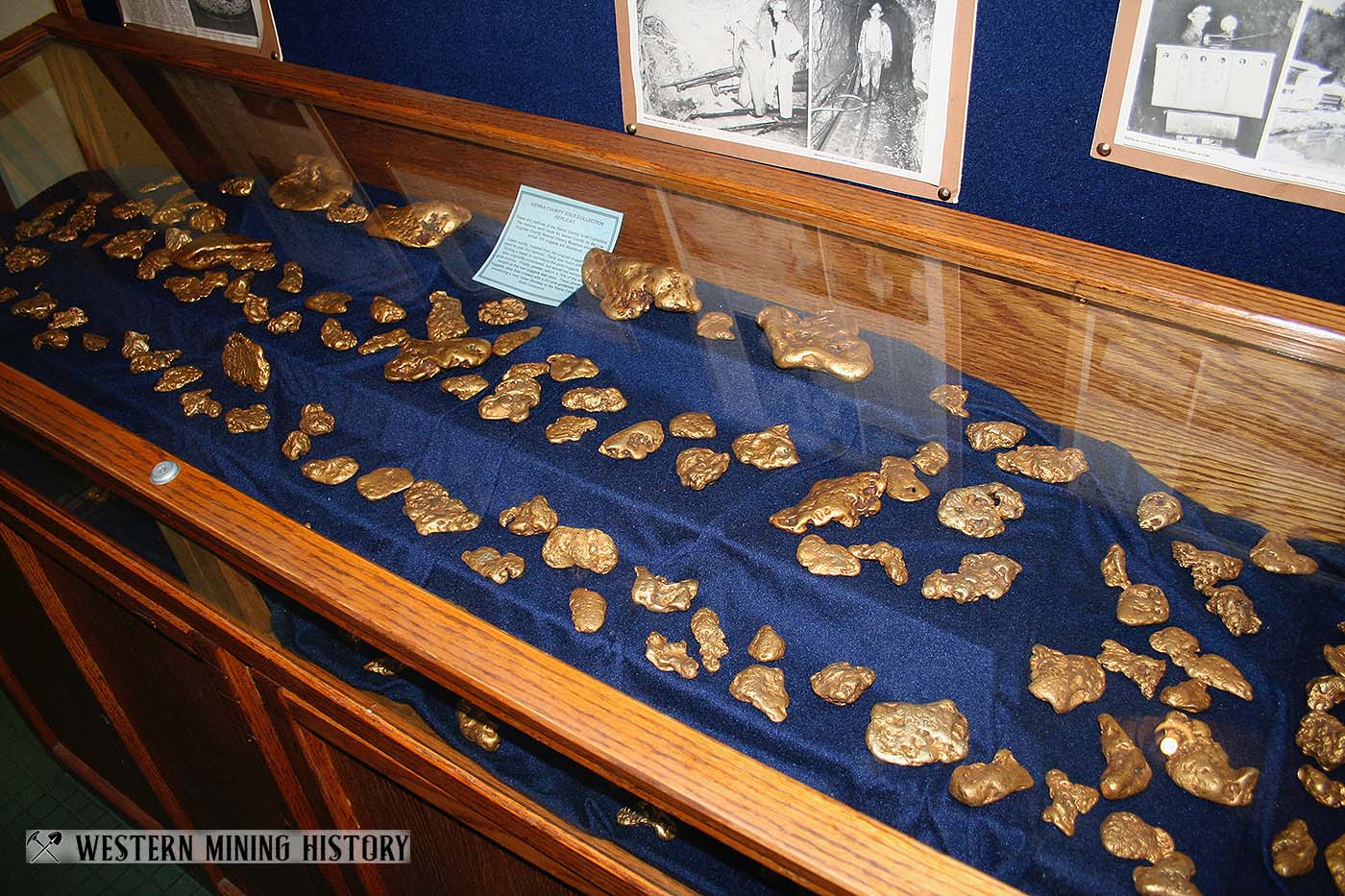
Hunger and hardship drove most of the men out of the mountains, until Downie stated that he believed his party was the only group that stayed that entire winter in the vicinity of The Forks.
In December they built a cabin, which was the first wooden structure at The Forks. The men then faced their next dilemma: whether to whether to drink their lone bottle of brandy on Christmas or New Years day. After much animated discussion of the matter, the cork was pulled on Christmas morning.
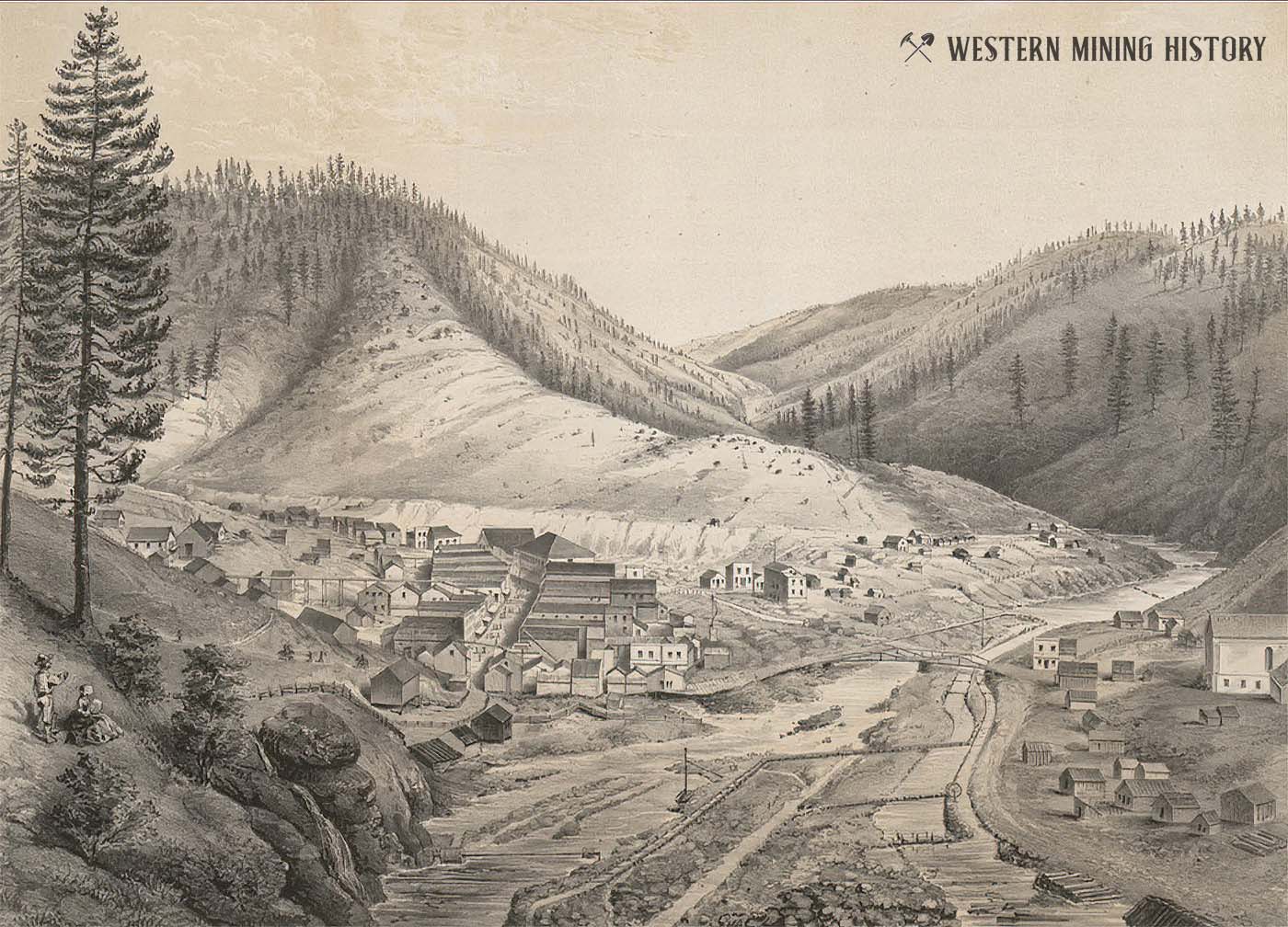
That spring, the men were rewarded for being the first on the scene as conditions became more suitable for mining. Downie reported recovering a pound or more of gold every day. He encountered a pair of miners that were down on their luck and let them mine on the edge of one of his claims.
The leader of the pair he described as a "mean, ungrateful wretch", as they were pulling out one to two hundred dollars a day, with one day yielding a bonanza of $1,460 in gold (about $60,000 in today's money), yet they only gave Downie a couple of ounces to repay his generosity.
Many more miners arrived at The Forks that spring. Additional cabins and other crude structures were built and it became apparent that a settlement was forming, so the miners met to lay out the new town and in the course of the planning they settled on the name "Downieville" after Major Downie.
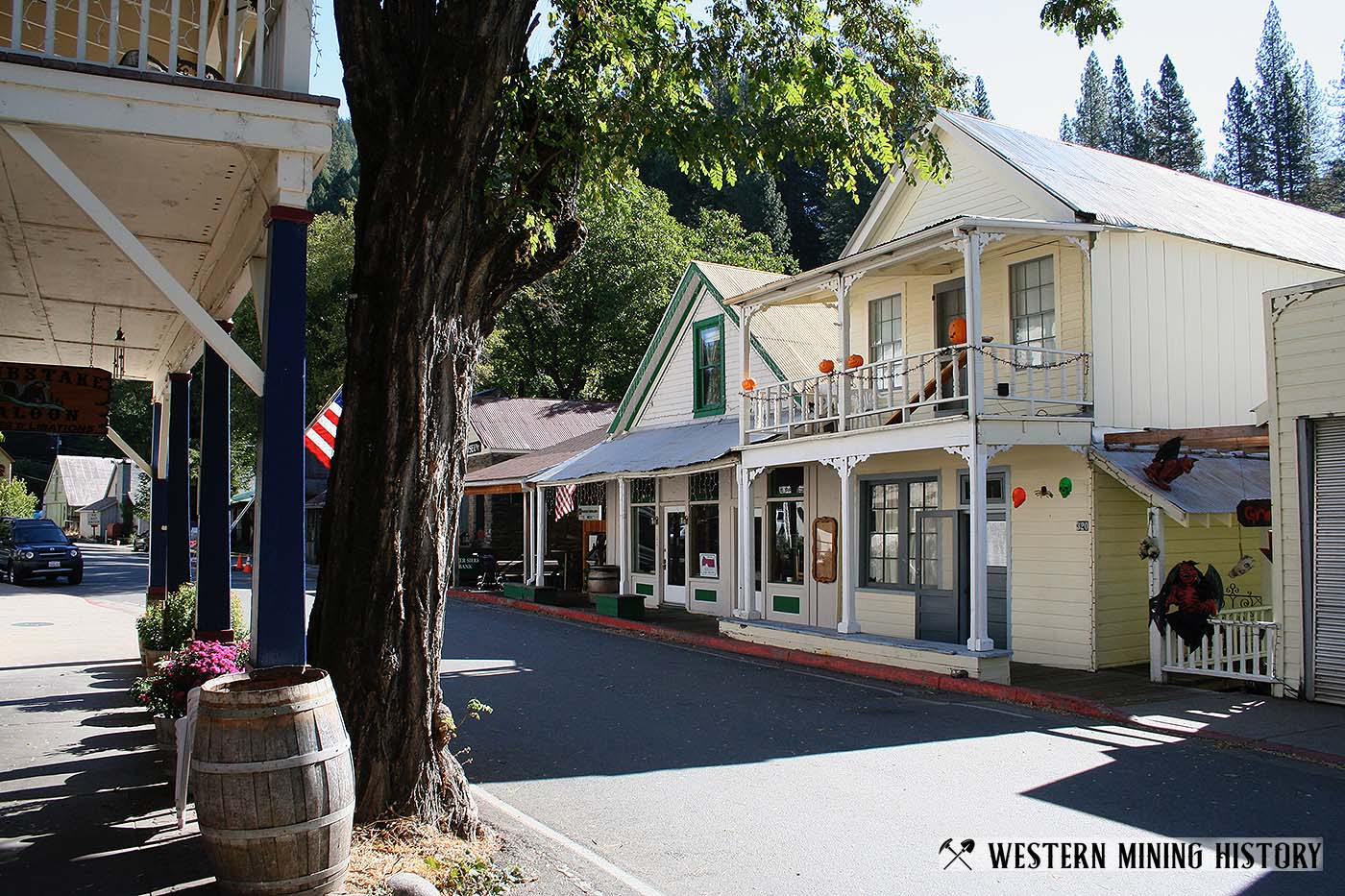
Thus the town of Downieville sprang to life in the spring of 1850 just as thousands of miners were arriving in the area. It would become one of California's most important cities in the early 1850s–a town that has survived, and thrived, for over 170 years.
It All Started With The Gold Rush
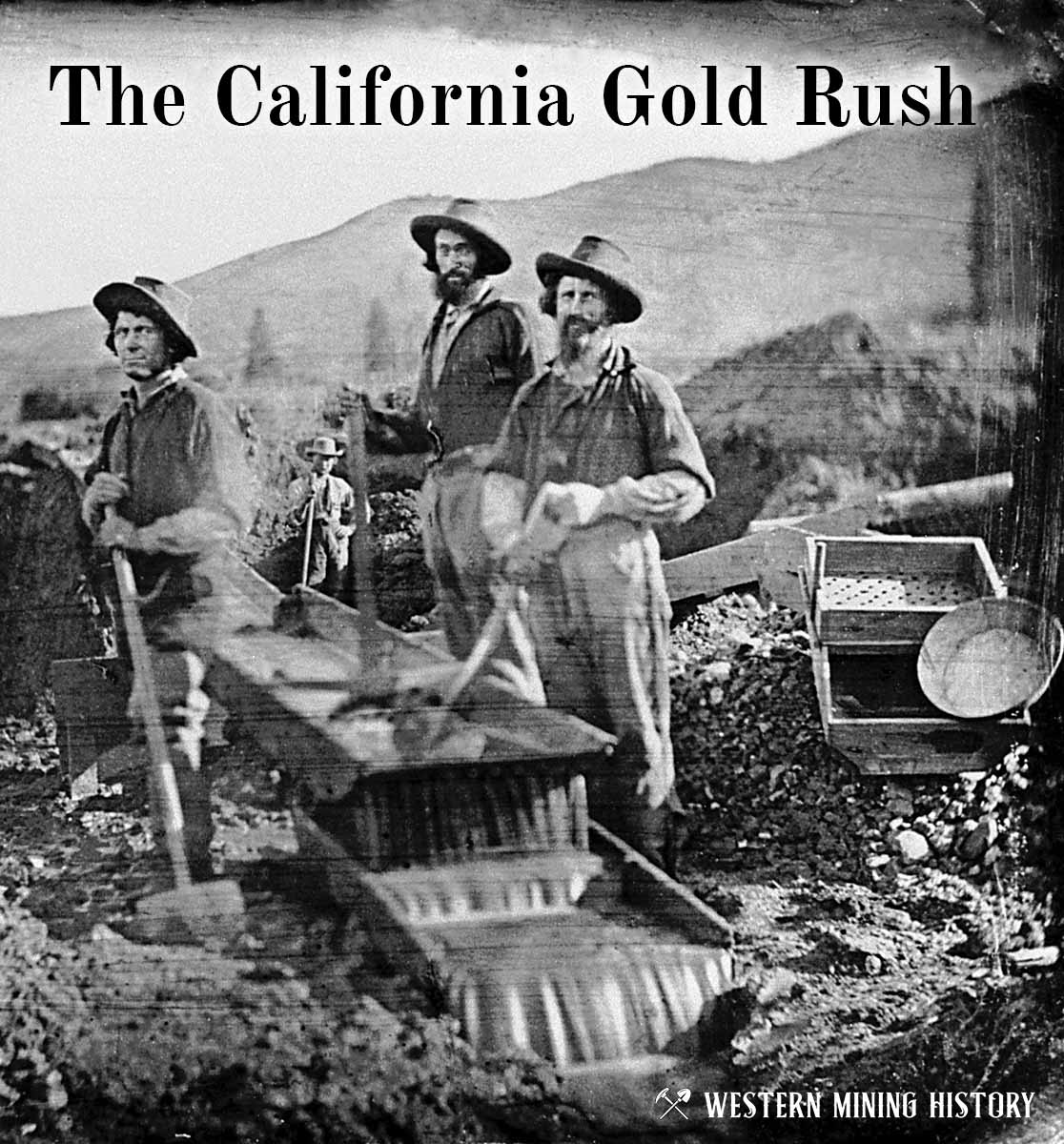
The great California Gold Rush kicked off the entire saga of western mining. Read about it at The California Gold Rush.
California Gold

"Where to Find Gold in California" looks at the density of modern placer mining claims along with historical gold mining locations and mining district descriptions to determine areas of high gold discovery potential in California. Read more: Where to Find Gold in California.
